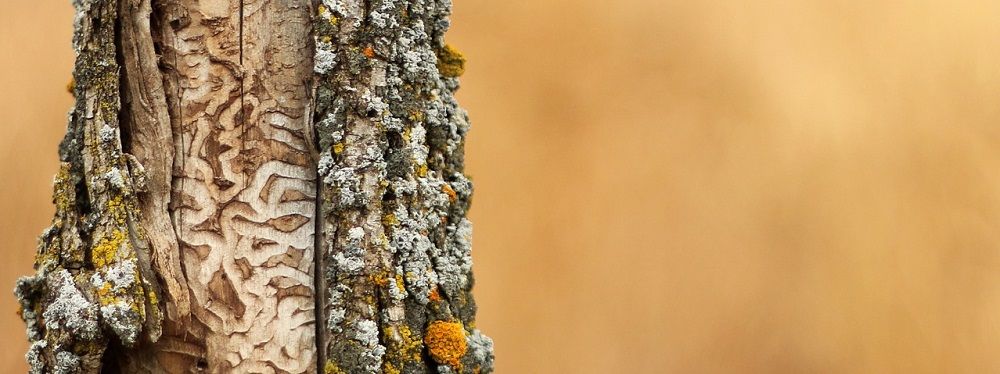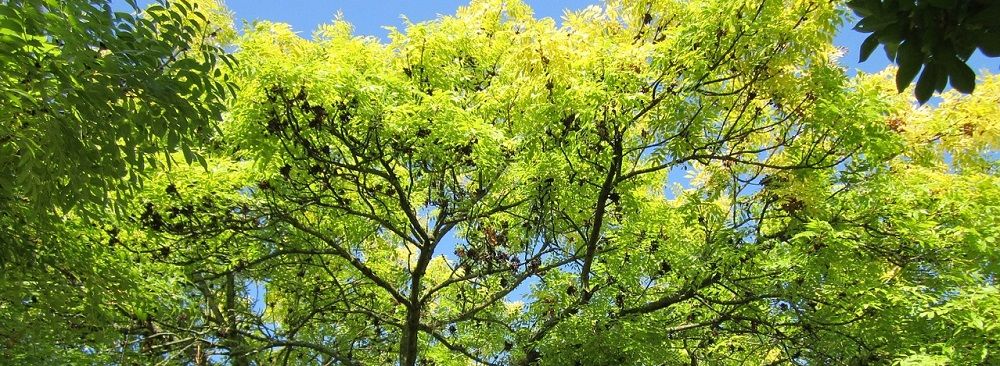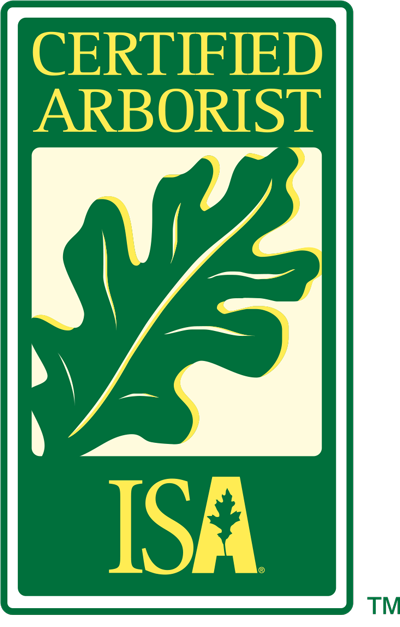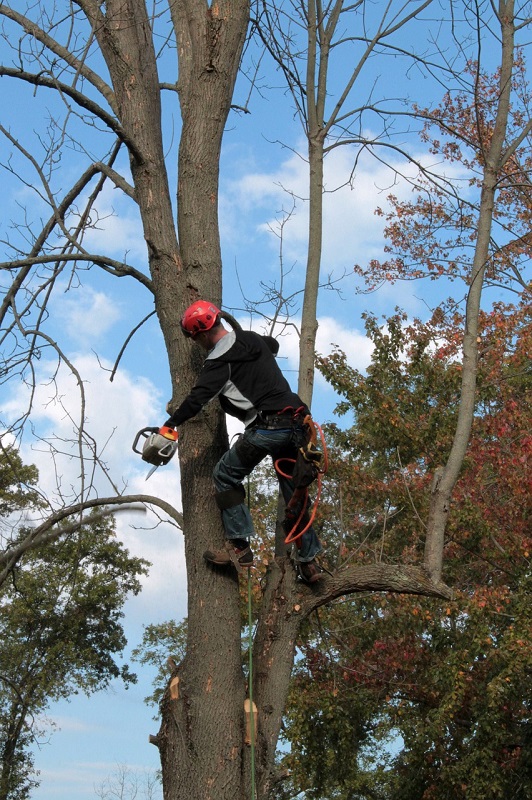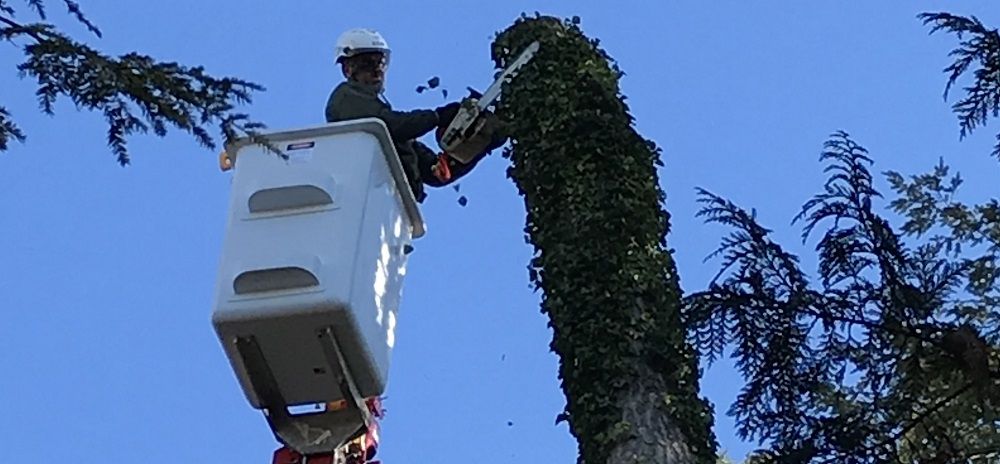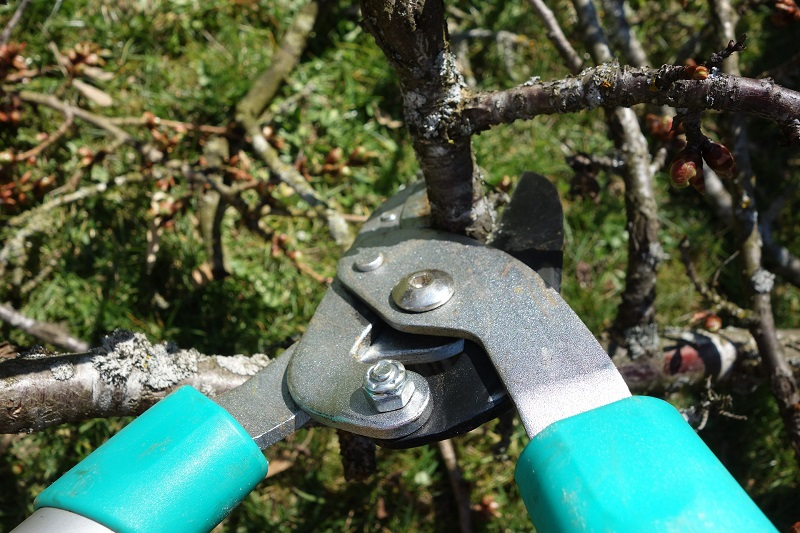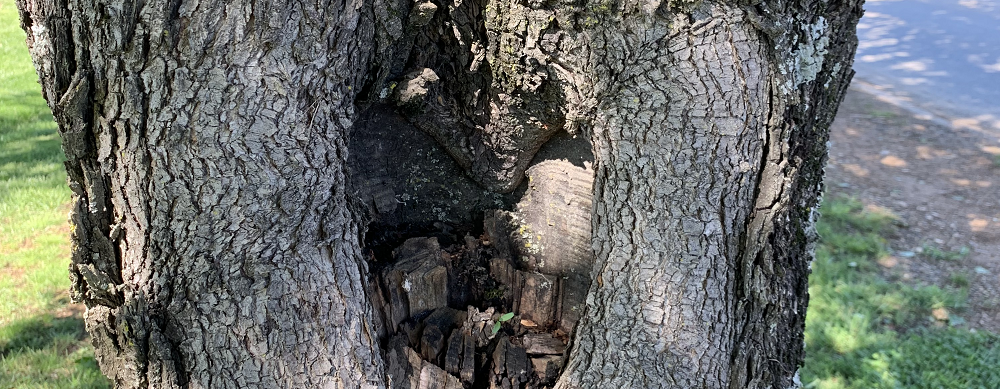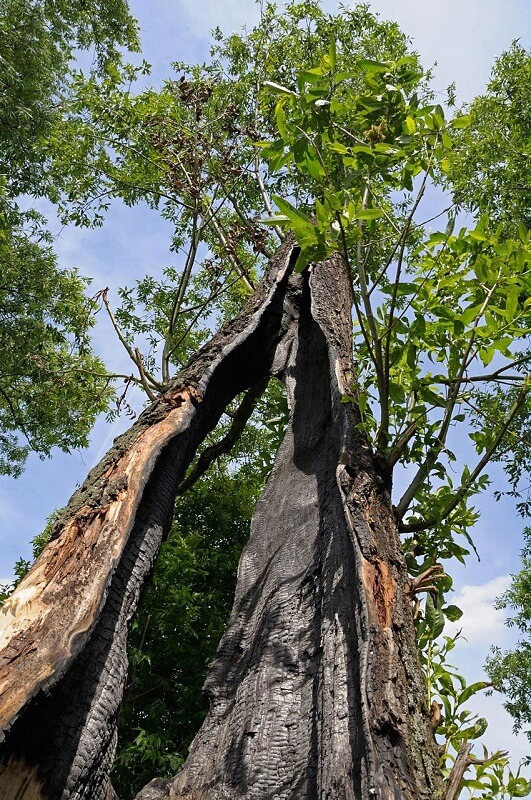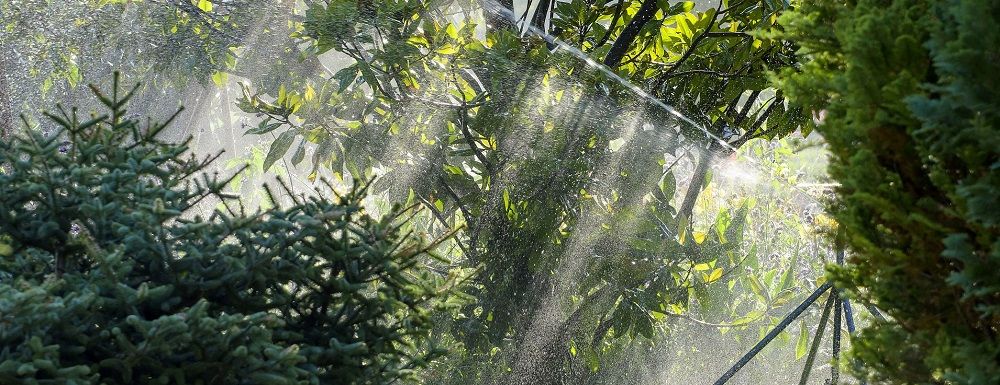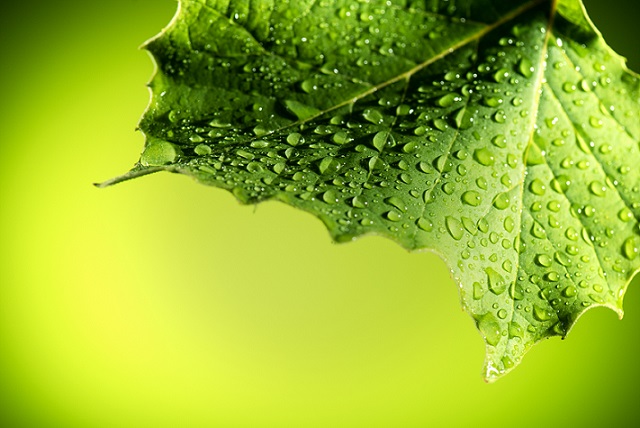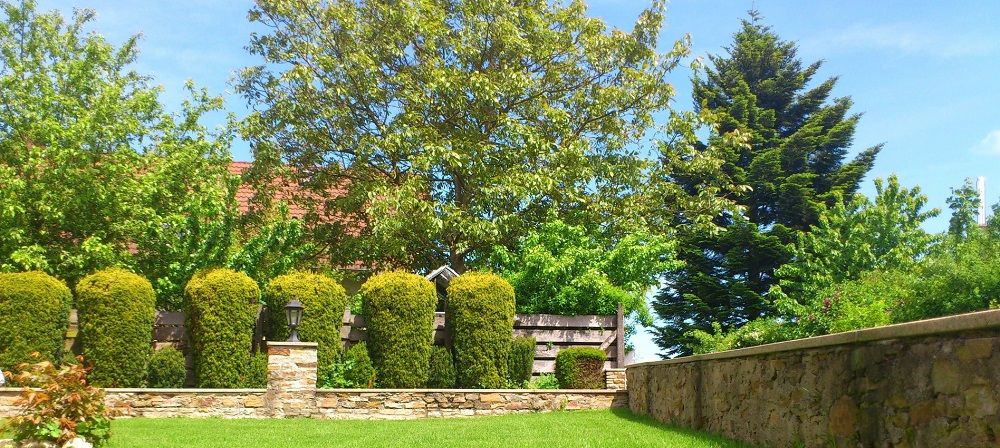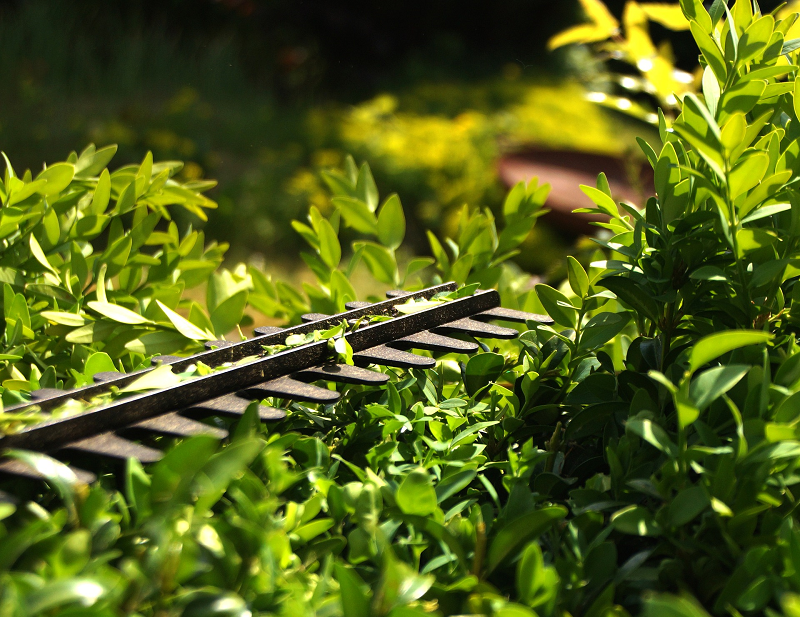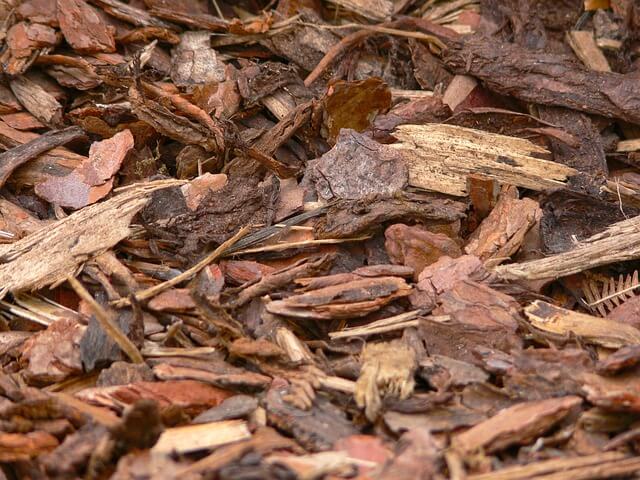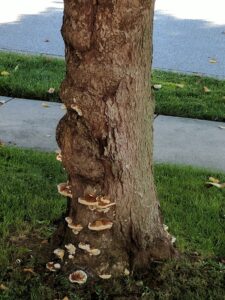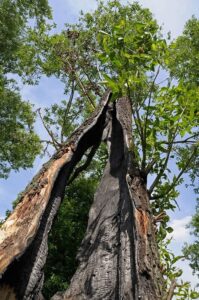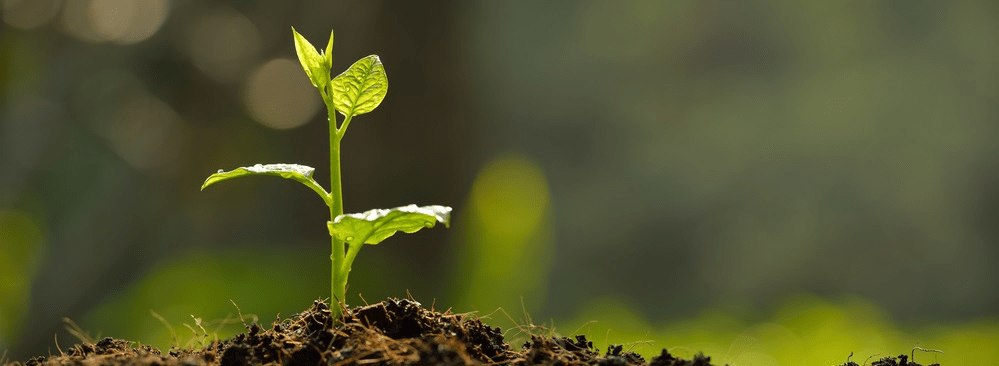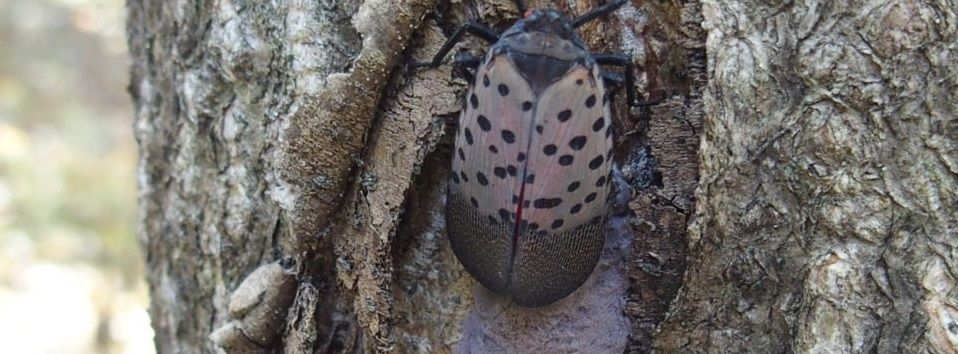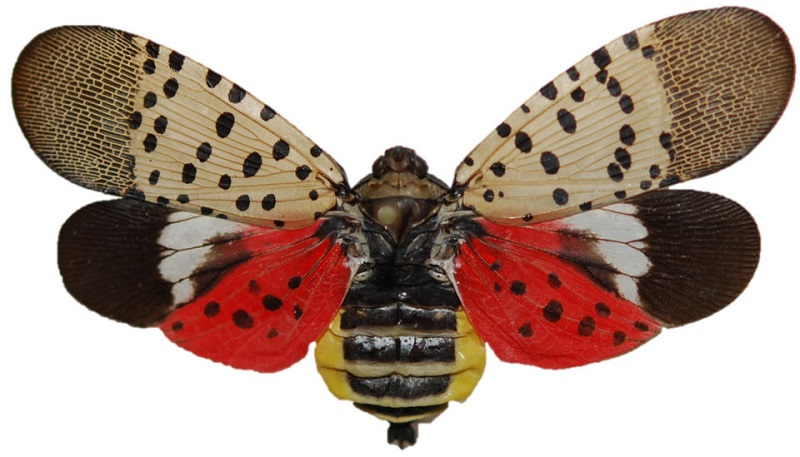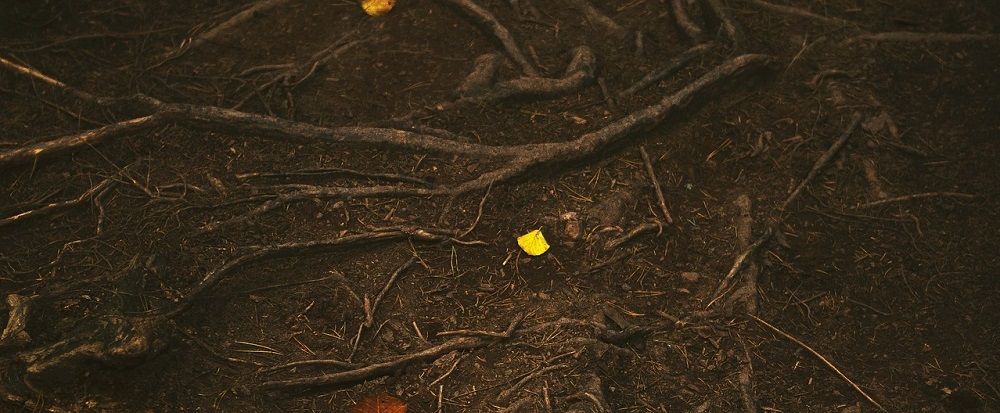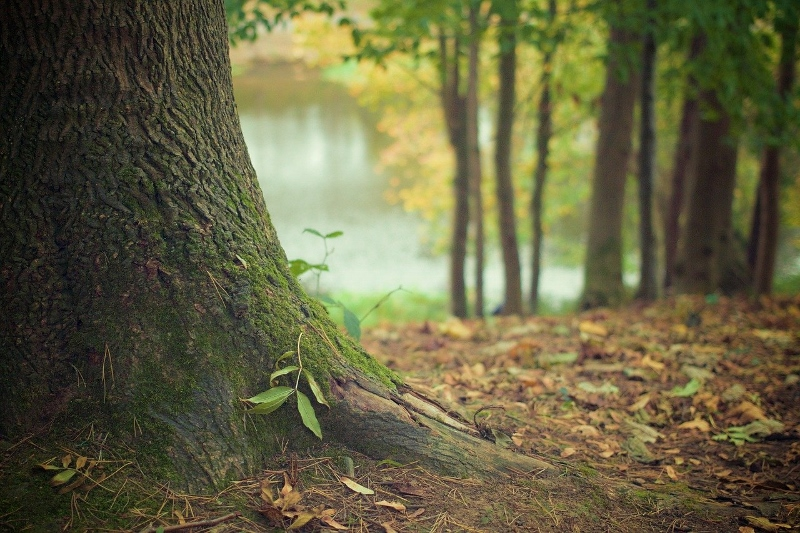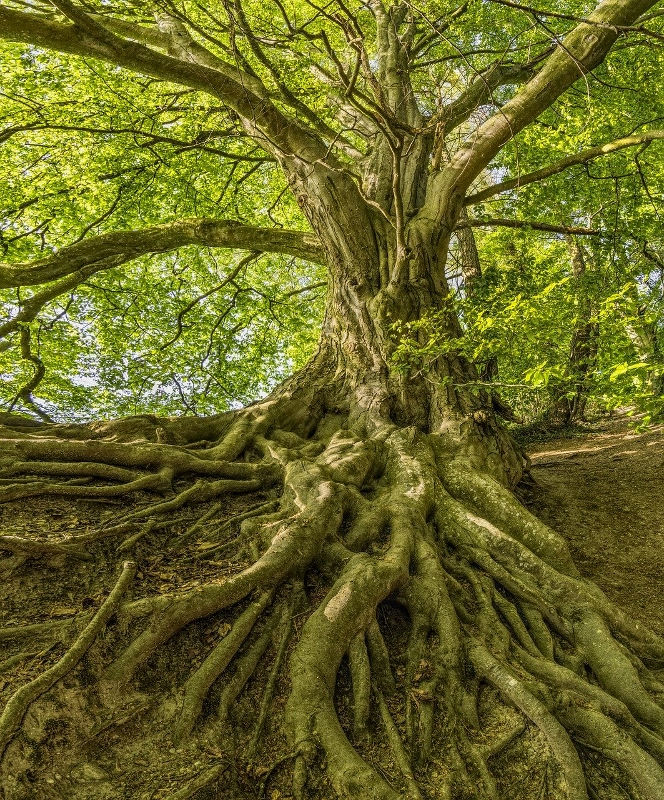Stein Provides Emerald Ash Borer Spread Update
For years, the emerald ash borer has caused severe damage to ash trees within the United States. As an invasive species, emerald ash borer has spread rapidly since the beetle was first discovered in the U.S. in 2002. Both federal and state governments have issued quarantines to curb the spread and reduce the pest’s impact. Over the years, some quarantine regulations have been adjusted to account for changes in the beetle’s presence. Below is an emerald ash borer spread update to help keep your trees safe.
Emerald Ash Borer Spread Update: New Counties
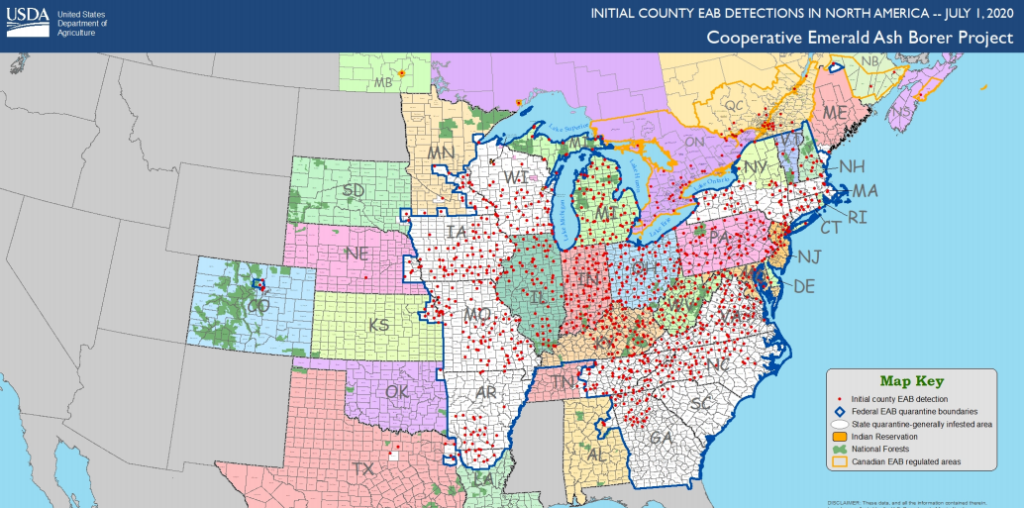
New counties across the United States have recently detected instances of emerald ash borer. Most of the new counties that have detected EAB are in the Midwest region (Iowa, Missouri, and Wisconsin) and New England (Vermont, New Hampshire, and Maine) but several new counties in NC have reported EAB as well. The emerald ash borer has been detected as far west as Texas and Colorado but has only been found in a few counties there. Every county in Pennsylvania has reported EAB presence, but so far in Delaware EAB presence has remained low.
Keep your Trees Healthy with Our Plant Health Care Services
Emerald Ash Borer Quarantine Deregulation
The Animal and Plant Health Inspection Service (APHIS), an agency of the U.S. Department of Agriculture, proposed to deregulate the EAB quarantine in 2018. The proposal would divert resources from local regulatory activities (issuing permits, making site visits, and more) towards managing EAB spread, such as releasing more biological control agents that are natural predators of the EAB to prevent further spread. The open comment period for these new proposals closed on November 19, 2018, but no decision has been reached to date.
The quarantine regulates moving ash trees, logs, or hardwood firewood in and out of states where EAB instances are confirmed. Firewood is a primary way that the pest has been able to spread between different states quickly. Some may unknowingly transport EAB infested firewood or logs across state borders.
Contact Stein for Certified Professional Emerald Ash Borer Inspection and Treatment
If you want to keep aware of the emerald ash borer spread update and preserve your trees’ health, contact Stein Tree Service. Stein Tree is a professional, licensed, tree care business. We have served many communities in Pennsylvania, Delaware, and Maryland with tree care services and treatment for pests such as emerald ash borer. Our arborists are certified and know the best and safest insecticides and preventive measures to maintain your trees’ health. For more information on how to keep your trees safe from emerald ash borer, contact Stein today.

